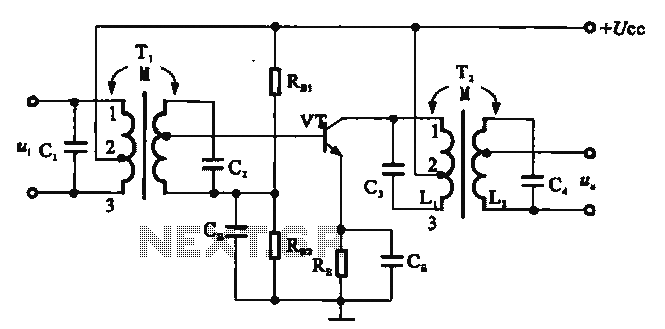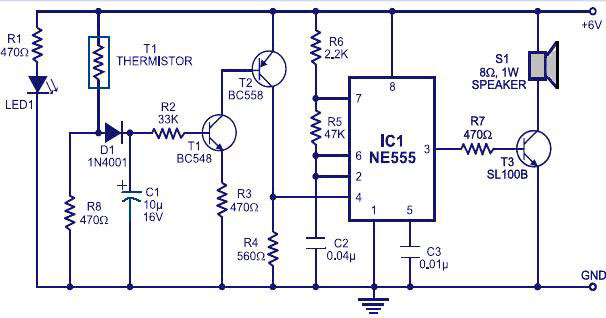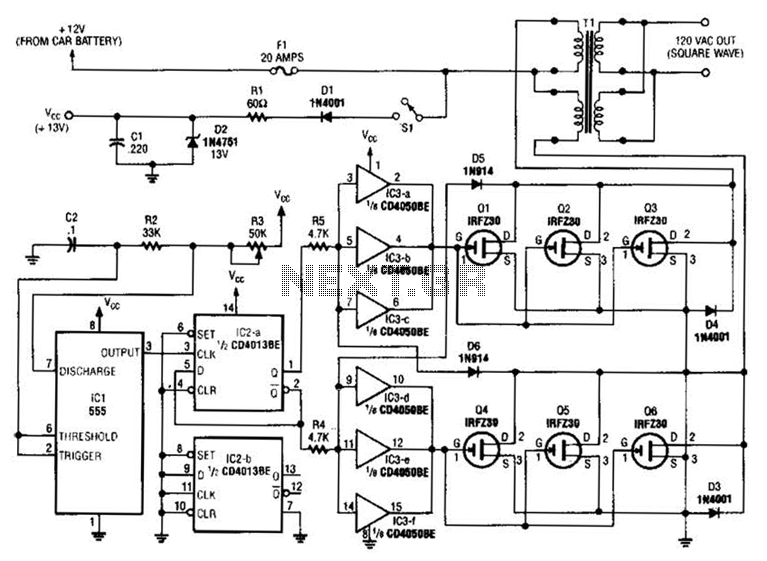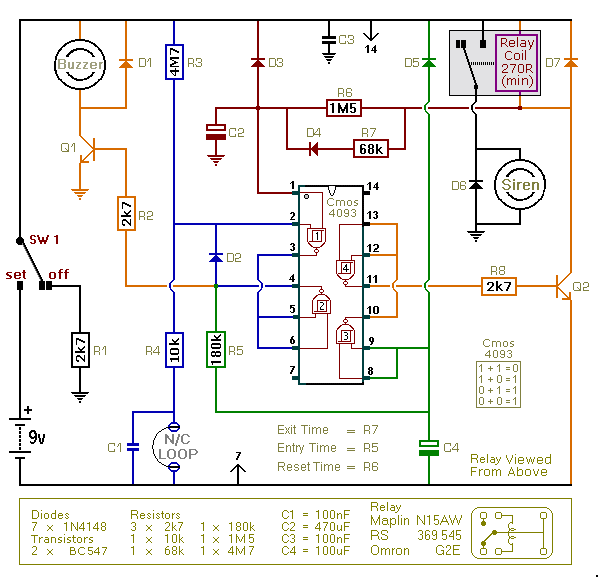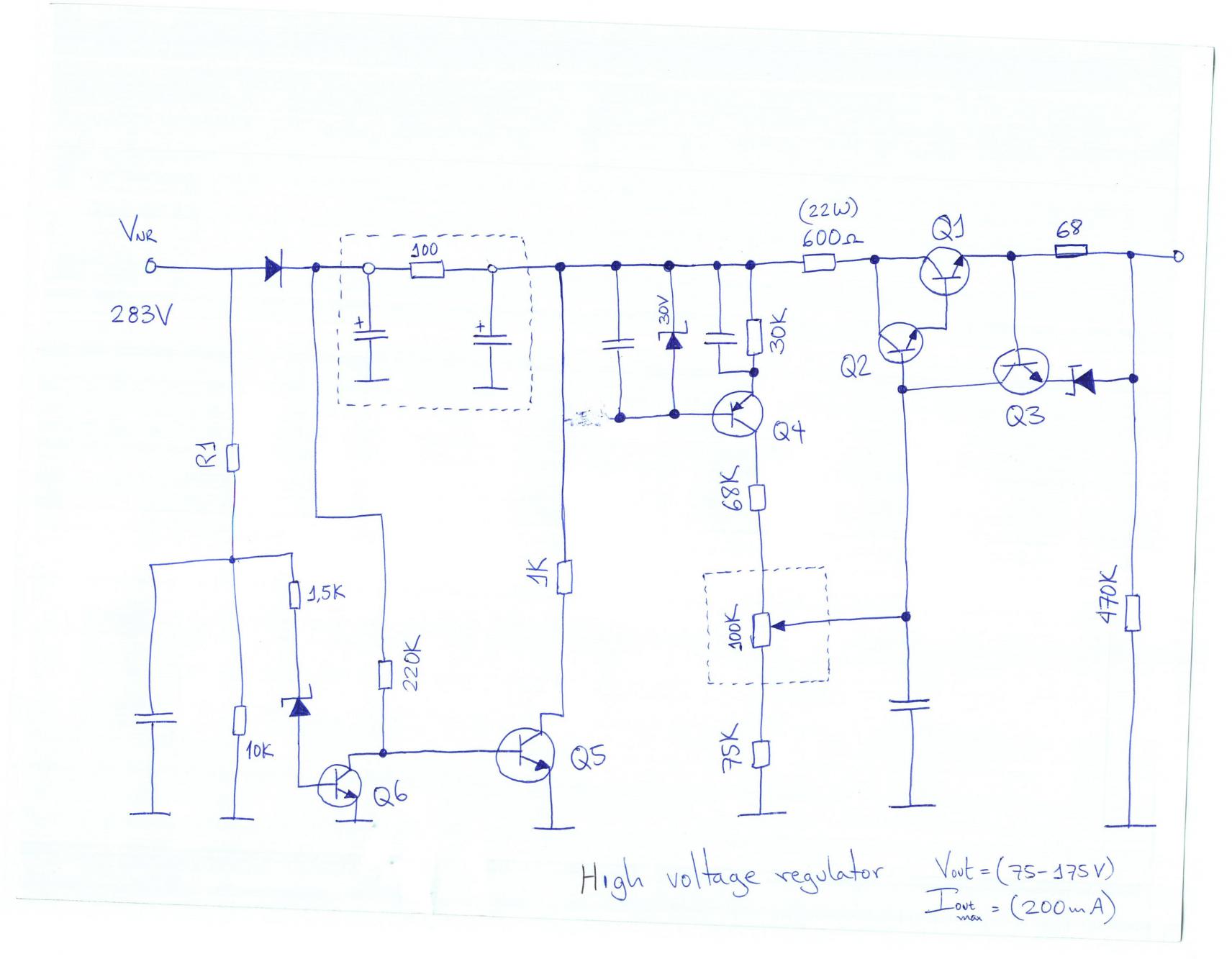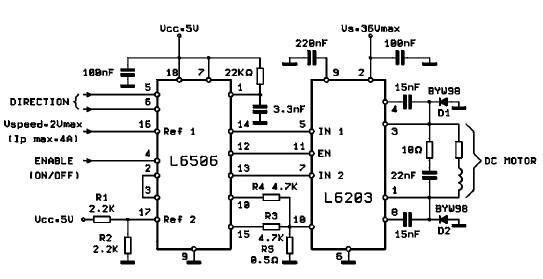
300W Valve RF Transmitter circuit
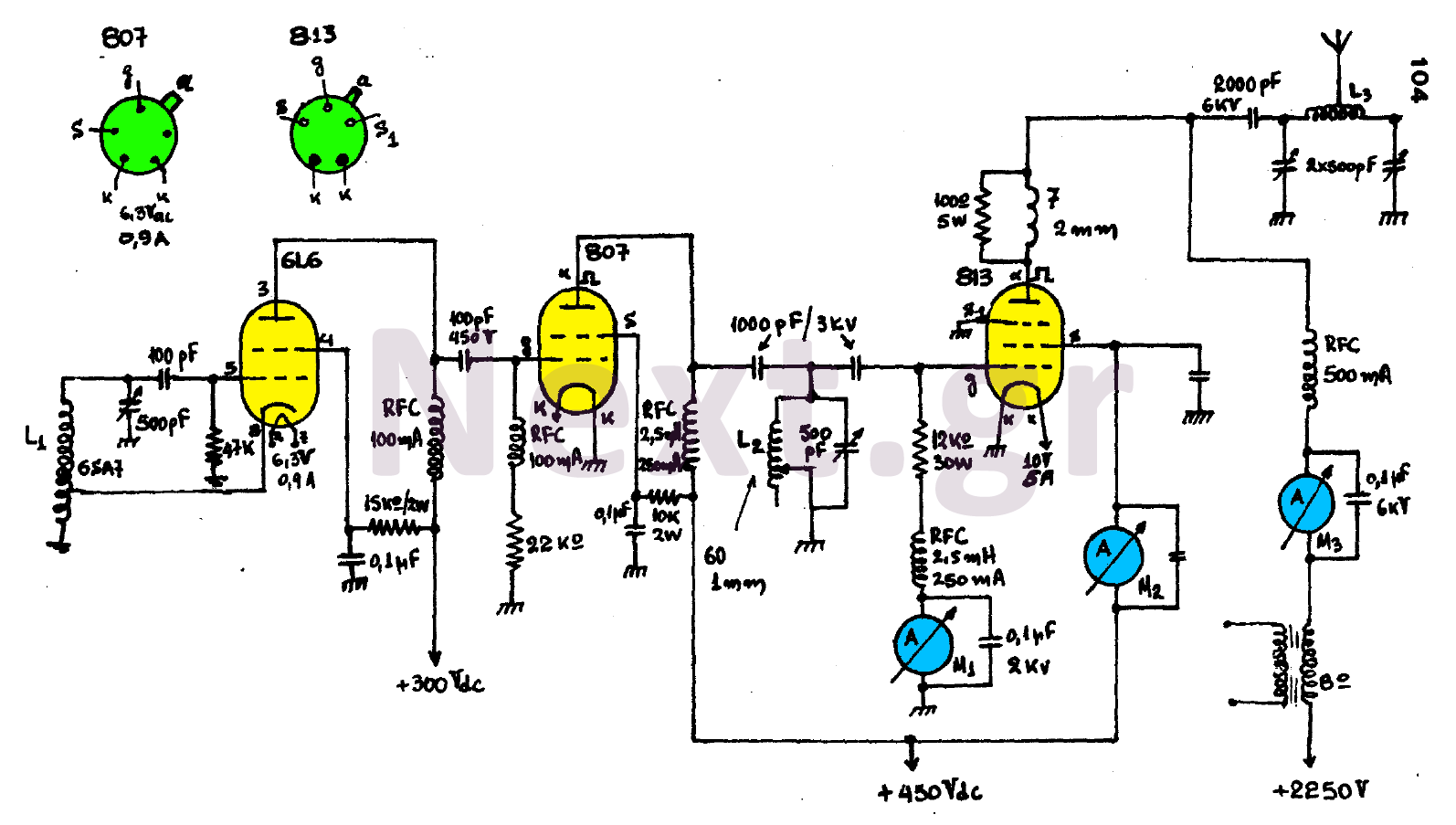
The circuit consists of three main stages and provides the antenna with a power output of 300 watts, contingent upon proper tuning. The first stage is an oscillator featuring an oscillating coil L1, which is commercially available as a 6SA7 coil. Coils L2 and L3 are constructed from 60 turns of 1mm cross-section wire wound around a 5cm diameter form to enhance resonance, aided by variable capacitors and ammeters. Specifically, meter M1 should indicate a maximum reading, while meters M2 and M3 should show minimum readings. The second stage, known as the Buffer, serves both as a signal reinforcement and isolation step. It amplifies the signal produced by the oscillator and isolates the oscillator stage from fluctuations in the transmitter's final stage. The final stage, or power amplifier, utilizes an 813 lamp and operates in class C. Various RFCs integrated into the circuit prevent the generated frequency from affecting the feeding devices. During construction, it is crucial to avoid long wiring that may induce unwanted vibrations. Plug-in power transformers are necessary to supply the lamp filaments, as both lamps require 6.3V, while the 813 lamp requires 5V.
The circuit design is structured into three distinct yet interconnected stages, each serving a specific function to achieve optimal performance. The oscillator stage is critical for generating the initial signal, utilizing a 6SA7 coil as the primary inductive element. The coils L2 and L3, with their precise winding specifications, are designed to enhance the quality of resonance, which is vital for efficient signal generation. The incorporation of variable capacitors allows for fine-tuning of the resonant frequency, ensuring that the system can adapt to varying operational conditions.
The Buffer stage plays an essential role in maintaining signal integrity. By amplifying the oscillator's output, it ensures that any variations in the final stage do not adversely affect the oscillator’s performance. This isolation is particularly important in high-power applications where fluctuations can lead to instability or distortion in the transmitted signal.
The final stage, characterized by the use of an 813 power amplifier operating in class C mode, is designed for high efficiency and power output. Class C amplifiers are known for their ability to provide significant power gain while minimizing power loss, making them suitable for RF applications. The use of RFCs (Radio Frequency Chokes) is a critical design feature, as they prevent the high-frequency oscillations generated by the amplifier from interfering with the power supply and other circuit components.
Attention to construction details is paramount in this design. Long wiring runs can introduce parasitic capacitance and inductance, leading to unwanted resonances and signal degradation. Therefore, careful layout and short connections are recommended to maintain signal quality. The requirement for plug-in power transformers is also a key consideration, as it ensures that each lamp receives the appropriate voltage for optimal operation. This careful management of power supply voltages is essential for maintaining the reliability and longevity of the circuit components. Overall, this circuit design exemplifies a well-thought-out approach to RF transmission, balancing performance with practical construction considerations.It consists essentially of three stages and gives the antenna a power of 300 WATT, provided it is properly tuned. The first tier is an oscillator that has an oscillating coil L1 that will be required by the market as a 6SA7 coil.
The coils L2 and L3 consist of 60 coils of 1mm cross-section wire wound on a 5cm diameter tome so that they have some shots for better resonance, which is also done with the help of variable capacitors and ammeters. In particular, M1 must show a maximum reading while M2 and M3 have a minimum reading.
The circuit design is structured into three distinct yet interconnected stages, each serving a specific function to achieve optimal performance. The oscillator stage is critical for generating the initial signal, utilizing a 6SA7 coil as the primary inductive element. The coils L2 and L3, with their precise winding specifications, are designed to enhance the quality of resonance, which is vital for efficient signal generation. The incorporation of variable capacitors allows for fine-tuning of the resonant frequency, ensuring that the system can adapt to varying operational conditions.
The Buffer stage plays an essential role in maintaining signal integrity. By amplifying the oscillator's output, it ensures that any variations in the final stage do not adversely affect the oscillator’s performance. This isolation is particularly important in high-power applications where fluctuations can lead to instability or distortion in the transmitted signal.
The final stage, characterized by the use of an 813 power amplifier operating in class C mode, is designed for high efficiency and power output. Class C amplifiers are known for their ability to provide significant power gain while minimizing power loss, making them suitable for RF applications. The use of RFCs (Radio Frequency Chokes) is a critical design feature, as they prevent the high-frequency oscillations generated by the amplifier from interfering with the power supply and other circuit components.
Attention to construction details is paramount in this design. Long wiring runs can introduce parasitic capacitance and inductance, leading to unwanted resonances and signal degradation. Therefore, careful layout and short connections are recommended to maintain signal quality. The requirement for plug-in power transformers is also a key consideration, as it ensures that each lamp receives the appropriate voltage for optimal operation. This careful management of power supply voltages is essential for maintaining the reliability and longevity of the circuit components. Overall, this circuit design exemplifies a well-thought-out approach to RF transmission, balancing performance with practical construction considerations.It consists essentially of three stages and gives the antenna a power of 300 WATT, provided it is properly tuned. The first tier is an oscillator that has an oscillating coil L1 that will be required by the market as a 6SA7 coil.
The coils L2 and L3 consist of 60 coils of 1mm cross-section wire wound on a 5cm diameter tome so that they have some shots for better resonance, which is also done with the help of variable capacitors and ammeters. In particular, M1 must show a maximum reading while M2 and M3 have a minimum reading.
The second tier, better known as the Buffer (Buffer), is a reinforcement and isolation step together. It amplifies the signal produced by the oscillator and isolates the oscillation step from any changes in the final stage of the transmitter.
The final stage or power amplifier consists of lamp 813 and works in class C. The various RFCs used in the circuit do not allow the generated frequency Affect the feed devices.
During construction make sure you avoid long wiring that can cause unwanted vibrations. Plug-in power transformers are required to supply the lamp filaments, since both lamps are powered by 6.3V while 813 to 5V.
